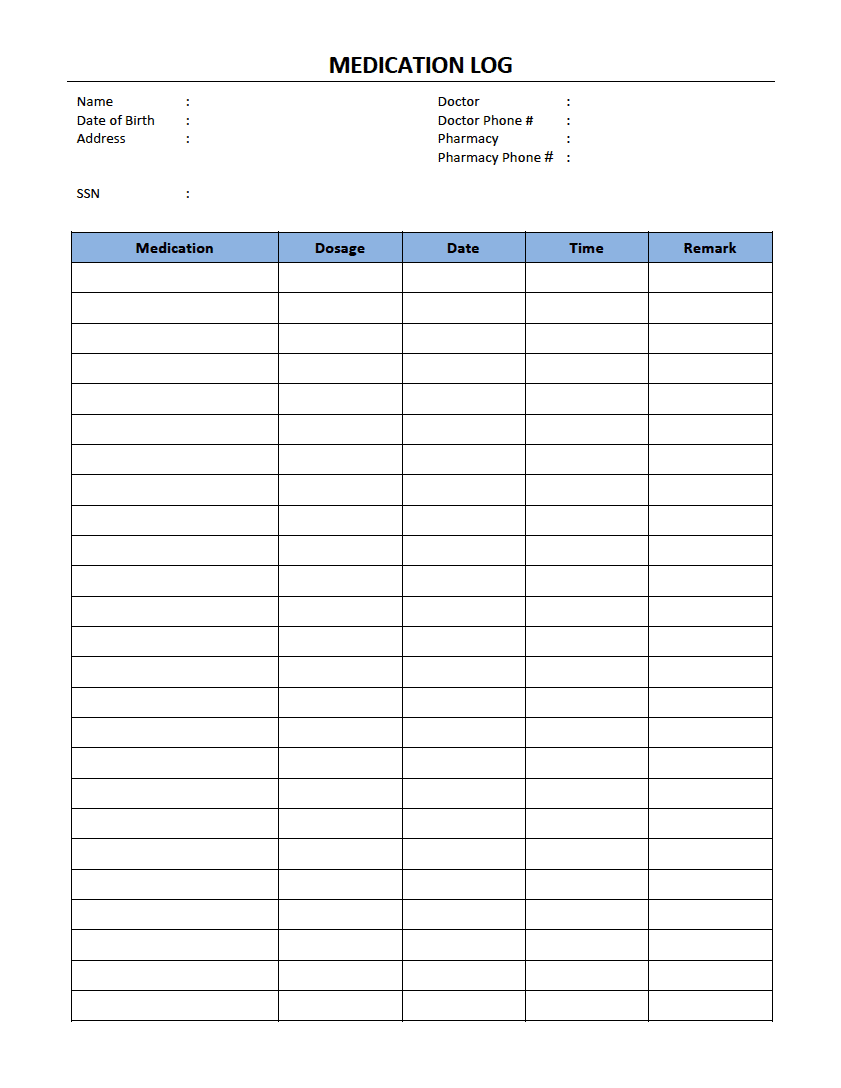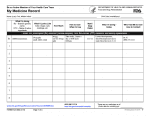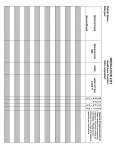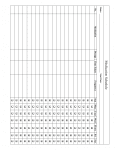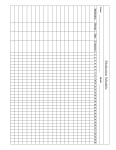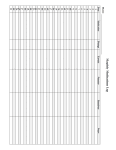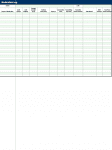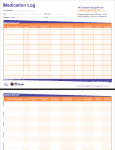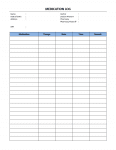Medication Schedule Templates
A medication schedule template is a chart used to organize the times and dates for when to take medicine. They provide the consumer with an easy way to check-off medications they have taken, as well as track medications they’re currently prescribed. The templates include a section for the medication name, the times and dates to take the medicine, as well as a tracking method. These documents can be filled out electronically or printed and written by-hand.
Each template is unique and provides specific benefits. Daily medication templates can be helpful for those who take medicine each day. There are also options for those who are on a weekly, monthly, or quarterly schedule with their medication. This format may also be used for other health-related services. For example, keeping track of doctor’s appointments through a schedule template can help with the organization of routine check-ups.
Download all: Medication Schedule Templates.zip
Free Printable Medication Schedule Templates

1. PDF | Word (.docx) | Excel (.xlsx)
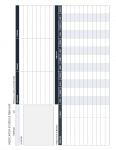
2. PDF | Word (.docx) | Excel (.xlsx)
3. PDF | Word (.docx) | Excel (.xlsx)
4. PDF | Word (.docx)
What is a Medication Schedule?
A medication schedule documents all medications, as well as their appropriate doses and the correct times to take them. They hold people accountable for taking their medicine on a regular routine. Caregivers may also reference a medication schedule to ensure that a patient receives their medicine at the right time. They also ensure that a person does not overdose or misuse a prescribed drug. This document can be beneficial for doctors looking for medication history, as well.
Printable Daily Medication Schedule Templates
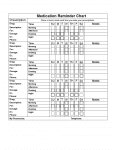
5. PDF
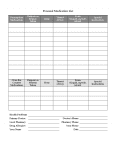
6. PDF | Word (.docx) | Excel (.xlsx)
7. PDF
8. PDF | Word (.docx) | Excel (.xlsx)
How to Make a Medication Schedule Template
To make a medication schedule template, follow these steps listed below.
Step 1 – Create a Chart
Choose a digital or written format for the template and gather the necessary materials. A digital design will require a computer that has a program to create templates. When creating a written template, use paper, a pencil or pen, and a ruler for precision. Begin by creating the chart with the overall theme in mind. Be sure to add in the appropriate amount of rows and columns for proper labeling.
Step 2 – Add Patient Information
The top section typically has information about the patient and their medical history. It may be helpful to add the following:
- Patient name
- Prescription date(s)
- Any known allergies
- Pharmacy location(s)
- Prescribing doctor(s) and their contact information
Step 3 – Fill in Rows and Columns
Label each column or row with individual preferences. Some charts include many columns or rows, while others are short and simple. For example, the designer may choose to fill each row with the days of the week alongside checkboxes. On the other hand, they may create a template that is fillable according to each column’s label. Below are examples that many medication schedule templates include:
- Name of the medication
- Description of medicine (i.e. shape, size, color)
- Reason for taking the medication
- Instructions on how to take (i.e. with or without food, serving size, method of ingestion, etc.)
- Side effects
- Beginning and end dates
- Dosage times and frequency
Step 4 – Print, Save, or Store
Digital copies of the template may be printed or saved for future use. Hand-written templates may be stored and filed out when needed.
Free Weekly Medication Schedule Templates
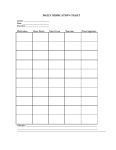
9. PDF | Word (.docx)
10. PDF
11. PDF | Word (.docx) | Excel (.xlsx)
12. PDF | Word (.docx) | Excel (.xlsx)
How to Track Medication Times
A medication schedule template holds a person accountable for taking their medication at the right time. Bottle labels or instructions will typically include the dosage and duration for each prescription. Use this information to fill out the medication schedule template accordingly. It can be helpful to use phone notifications or physical notes as reminders to take the medication at the correct time and record the data. Placing the template in an area that is visited often can also be a great way to remember to stick to a medicine schedule.
Monthly Medication Schedules
13. PDF | Excel (.xlsx)
14. PDF | Word (.docx) | Excel (.xlsx)
15. PDF | Word (.docx) | Excel (.xlsx)
16. PDF | Word (.docx) | Excel (.xlsx)
Benefits of Using a Medication Schedule
There are many pros to using a medication schedule template. These include:
- They are simple to use and understand.
- The structure helps to keep information organized.
- Daily recording may help to track side effects or interactions.
- Prevents overdosing through a reliable tracking system.
- Caregivers will stay up-to-date with times and dosages.
- Doctors can easily view medication history.
Medication Schedule Calendars
17. Excel (.xlsx)
18. PDF | Word (.docx) | Excel (.xlsx)
19. Word (.docx)
20. PDF | Word (.docx) | Excel (.xlsx)
How to Keep Medications Organized
Keeping prescriptions physically organized can be just as important as tracking them in a medication schedule. Begin the organization process by adding all current medications to a template. Next, move all medicine bottles to a central location, like a cabinet or hidden area away from children. Be sure to keep all labels intact and visible. Removing them will make it challenging to properly monitor and take the medication.
Another key step is frequently referencing the prescription start and end dates. If the medicine is expired or no longer needed (with doctor approval), be sure to properly discard it, or move it to another location. Following these steps will make it easier to keep track of medications and ensures that the correct ones are being taken.
